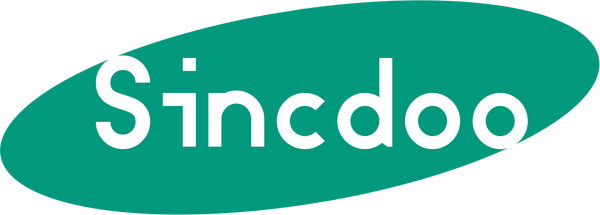Polylactic Acid, commonly known as PLA, is a biodegradable and bioactive polyester derived from renewable resources like corn starch, cassava roots, or sugarcane. PLA is revolutionizing the market for infant products due to its numerous advantages over traditional materials. Here are the key benefits:
Environmentally Friendly: PLA is biodegradable and compostable. It breaks down into harmless by-products after disposal, causing minimal environmental impact. This characteristic is particularly important considering the substantial waste produced by disposable infant products like diapers and feeding bottles.
Safe for Sensitive Skin: Unlike many plastics, PLA is hypoallergenic, making it ideal for infants with sensitive skin. Its chemical-free production process ensures it doesn't contain any harmful substances like phthalates, bisphenols (BPA), or PVC, often found in traditional infant products.
Highly Durable: Despite being biodegradable, PLA is incredibly durable, able to withstand high stress and strains. It's resistant to cracking, a significant benefit when used for products like baby bottles or toys that often fall and take a beating.
Easy to Sterilize: PLA can withstand high temperatures, making it possible to sterilize in boiling water, a common requirement for infant products to ensure safety and hygiene.
Versatility in Design: With its plastic-like properties, PLA can be formed into various shapes and designs, catering to a range of creative and functional requirements for infant products.
Sustainable Production: The raw materials used in the production of PLA are renewable resources, ensuring a more sustainable and low-carbon manufacturing process compared to petroleum-based plastics.
In conclusion, PLA provides a safer, healthier, and environmentally friendly alternative for infant products, without compromising on durability and design versatility. As sustainability and safety become even more essential considerations for consumers, the use of PLA in infant products is set to expand further in the future.
